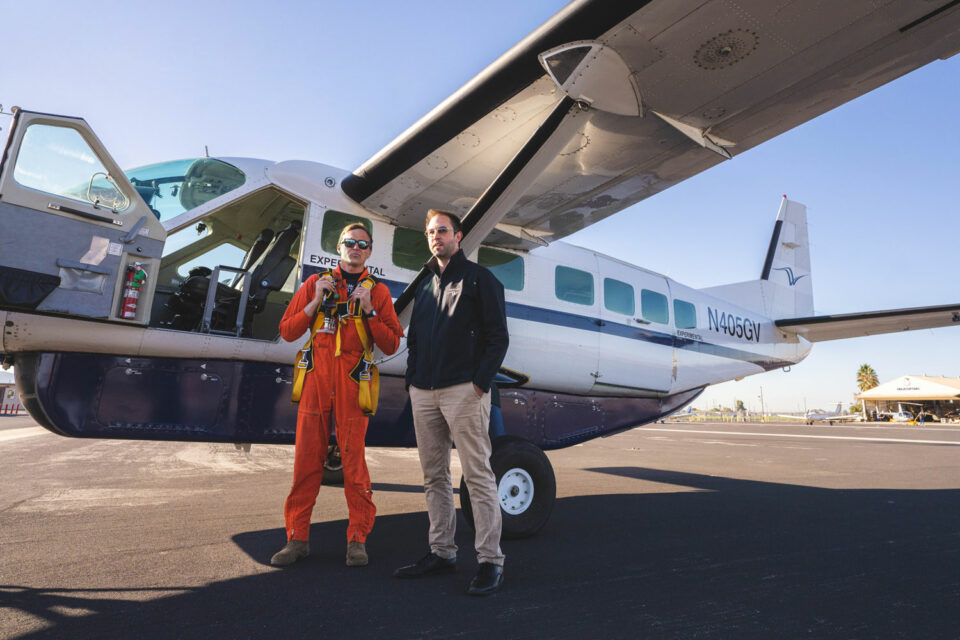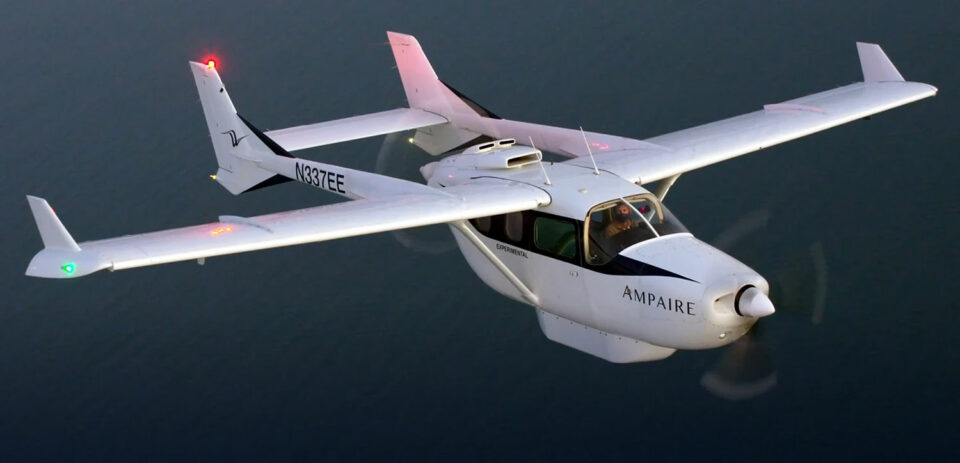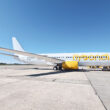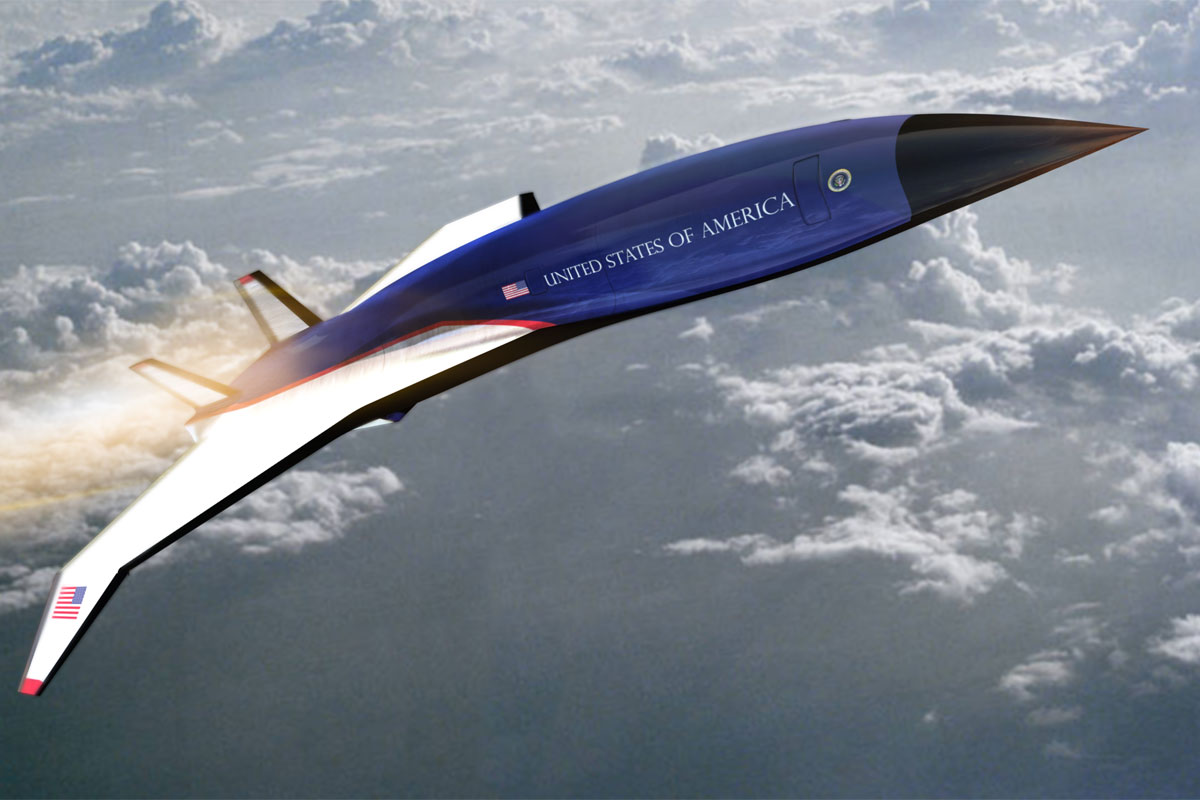The “Eco Caravan” took off for the first time on November 18 from Camarillo Airport, in Los Angeles. It is an aircraft based on the traditional Cessna Caravan converted with hybrid-electric powertrain by the startup Ampaire, starting the certification campaign.
With Ampaire test pilot Elliot Seguin, the Eco Caravan registered N405GV flew for 33 minutes on its first sortie. According to the California company, the hybrid model was taken to an altitude of 3,500 feet and tested different propulsion configurations until it returned to the point of origin.
“The Eco Caravan propulsion system performed just as expected,” declared Seguin after the flight. “”It was smooth and quiet. All temperature and power output readings were normal.”

Certification expected in 2024
The aircraft’s powertrain consists of a piston engine supplied by the German manufacturer Red Aircraft and an electric motor powered by batteries from Electric Power Systems, which generate a total of 765 horsepower (shp). In the original version, the Caravan is powered by a Pratt & Whitney PT6 turboprop with 675 hp.
According to Ampaire, the Eco Caravan allows fuel savings of up to 70% compared to the Caravan with a conventional engine. The company also points out that the aircraft, due to the mechanical simplicity of its powertrain, offers 45% lower maintenance costs.
The Eco Caravan is the first hybrid aircraft to enter the FAA approval process. As it is derived from an aircraft already approved by regulatory authorities, the hybrid variant only needs a supplementary certificate to enter service. Ampaire’s goal is to have the plane ready for passenger operations by 2024.

To date, Ampaire has orders for 75 conversion kits for the aircraft, including a recent order from Monte Aircraft Leasing for 25 aircraft, plus 25 options.
The startup believes that the more than 3,000 single-engine Caravans currently in service around the world are eligible to receive the modification.
In addition to the modified Caravan, Ampaire has other hybrid-electric aircraft projects underway. In 2020, the company flew the EEL, a hybrid aircraft based on the twin-engine Cessna 337 Skymaster, which had one of its piston engines replaced by an electric generator.
Another development by the company is the Eco Otter SX, a hybrid-electric conversion of the De Havilland Canada DHC-6 Twin Otter.







